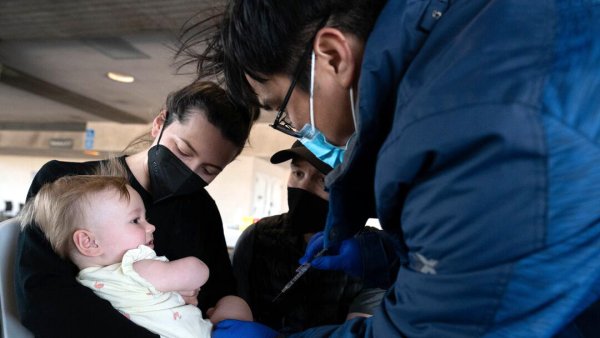Drug Turns Cancer Gene Into ‘Eat Me’ Flag for Immune System
A new therapy pulls forward a mutated version of the KRAS protein to help the immune system recognize and destroy cancer cells.
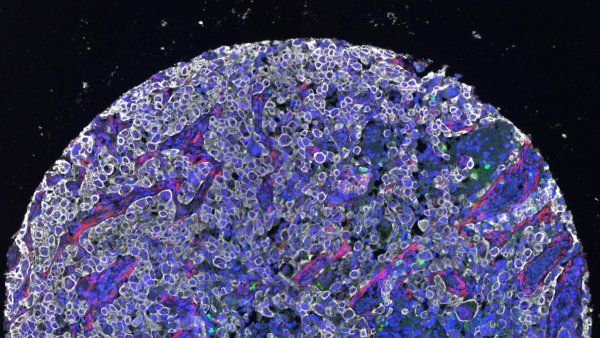
University of California San Francisco
Give to UCSFA new therapy pulls forward a mutated version of the KRAS protein to help the immune system recognize and destroy cancer cells.

UCSF-led research outlines the comprehensive immune landscape and microbiome of pancreatic cysts as they progress from benign cysts to pancreatic cancer. Their findings could reveal the mechanism of neoplastic progression and provide targets for immunotherapy to inhibit progression or treat invasive disease.
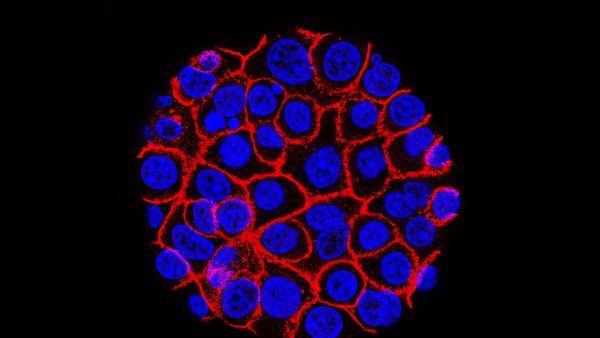
A new variation of the CRISPR-Cas9 gene editing system makes it easier to re-engineer massive quantities of cells for therapeutic applications. The approach, developed at Gladstone Institutes and UC San Francisco (UCSF), lets scientists introduce especially long DNA sequences to precise locations in the genomes of cells at remarkably high efficiencies without the viral delivery systems that have traditionally been used to carry DNA into cells.
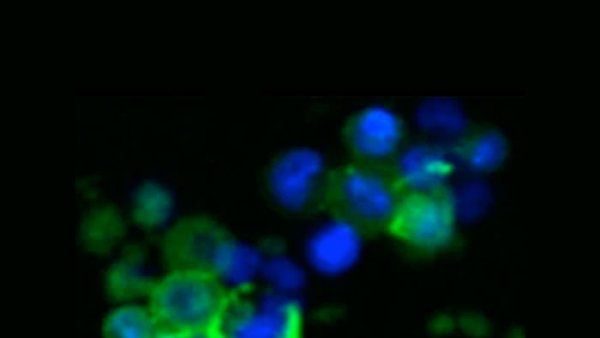
T cells used in immunotherapy treatments can get exhausted and shut down by fighting cancer cells and tumors. Using a CRISPR-based edit on these cells’ genomes, researchers at UCSF and Gladstone Institutes have rendered the therapeutic cells more resilient against tumors.
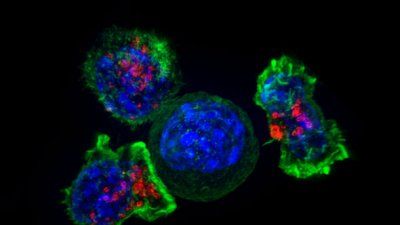
UCSF, San Francisco Department of Public Health (SFDPH) and San Mateo County Health (SMC Health) are partnering with local community groups to learn about long COVID. Their project, Let’s Figure Out Long COVID – Tell Us Your Story, Bay Area, will call local residents of all ethnicities and backgrounds who previously had COVID.
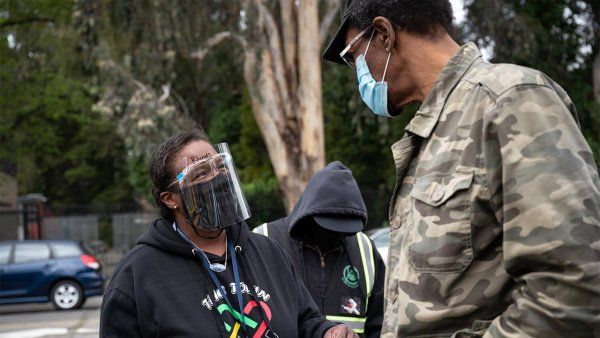
UCSF researchers are part of a $200 million global consortium to develop new diagnostics, therapeutics, containment and control strategies to reduce the suffering from tuberculosis (TB) around the world.
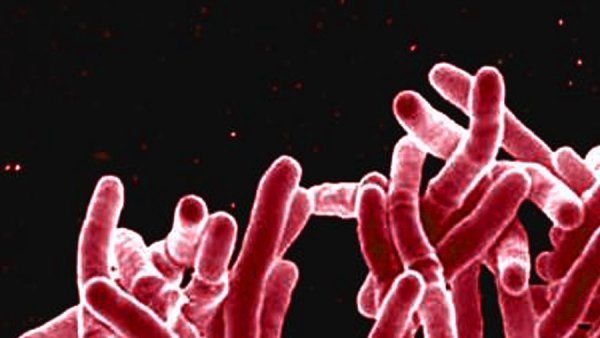
San Francisco’s pandemic policy of offering hotel rooms, meals, and medical services to unhoused populations saw the unintended benefit of dramatically lowering the use of emergency medical services.
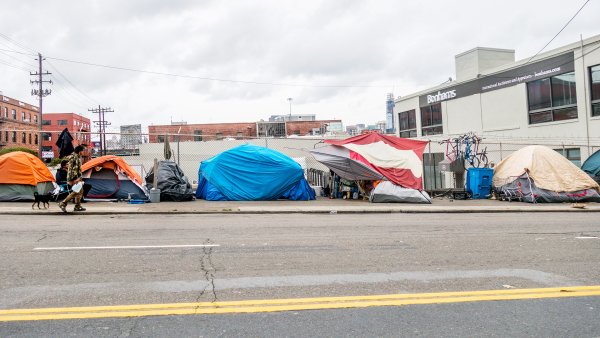
A new "subway map" of immune networks connects gene variation to risk for autoimmune disease.
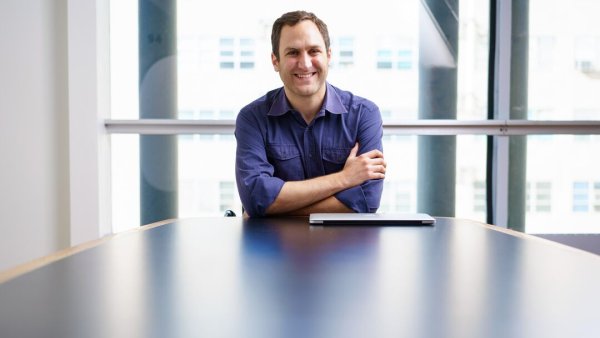
A new UCSF study reveals how gut inflammation can disrupt not only the digestive system, but also the skin. It’s a tale in which the main players are specialized immune cells and the bacterial communities — called microbiomes — that dwell within the gut and skin.
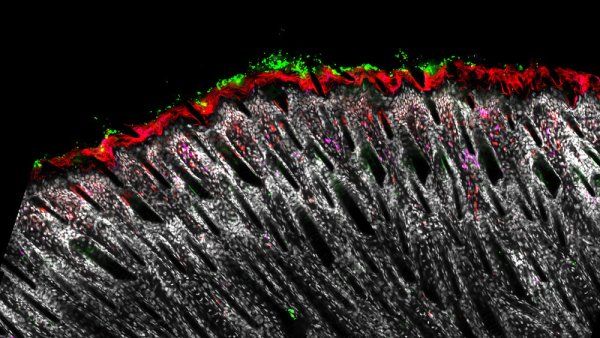
Overcrowding, antiquated buildings, rapidly changing conditions and the need for complex coordination helped drive a dramatic COVID-19 surge in California’s prisons, according to a new report from UCSF and UC Berkeley.

Parents of children under the age of five-years-old now have the option to vaccinate their infants and young children against COVID-19. Our expert looks at potential vaccine side effects, risks of COVID-19, access and vaccine effectiveness in children.
